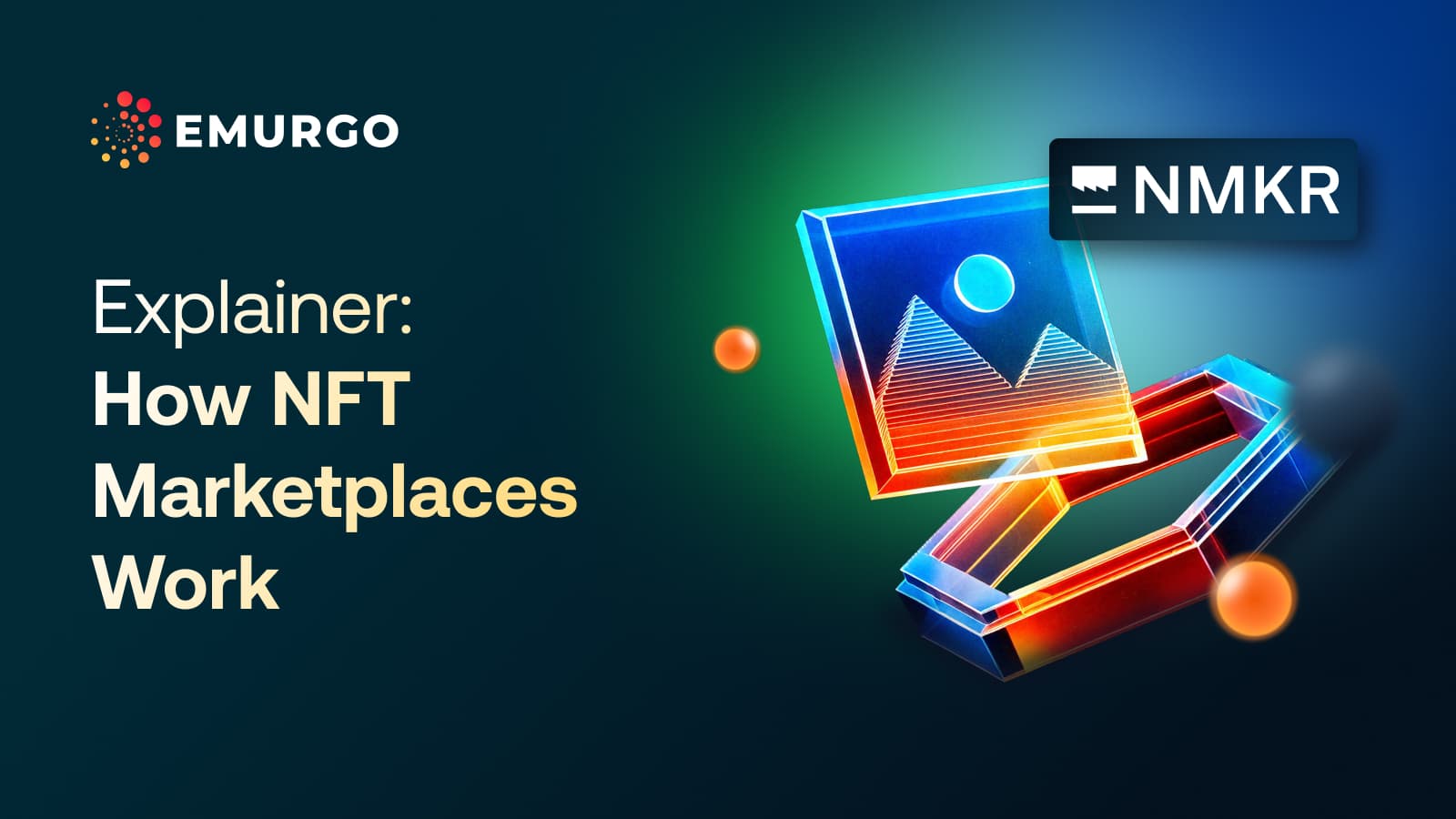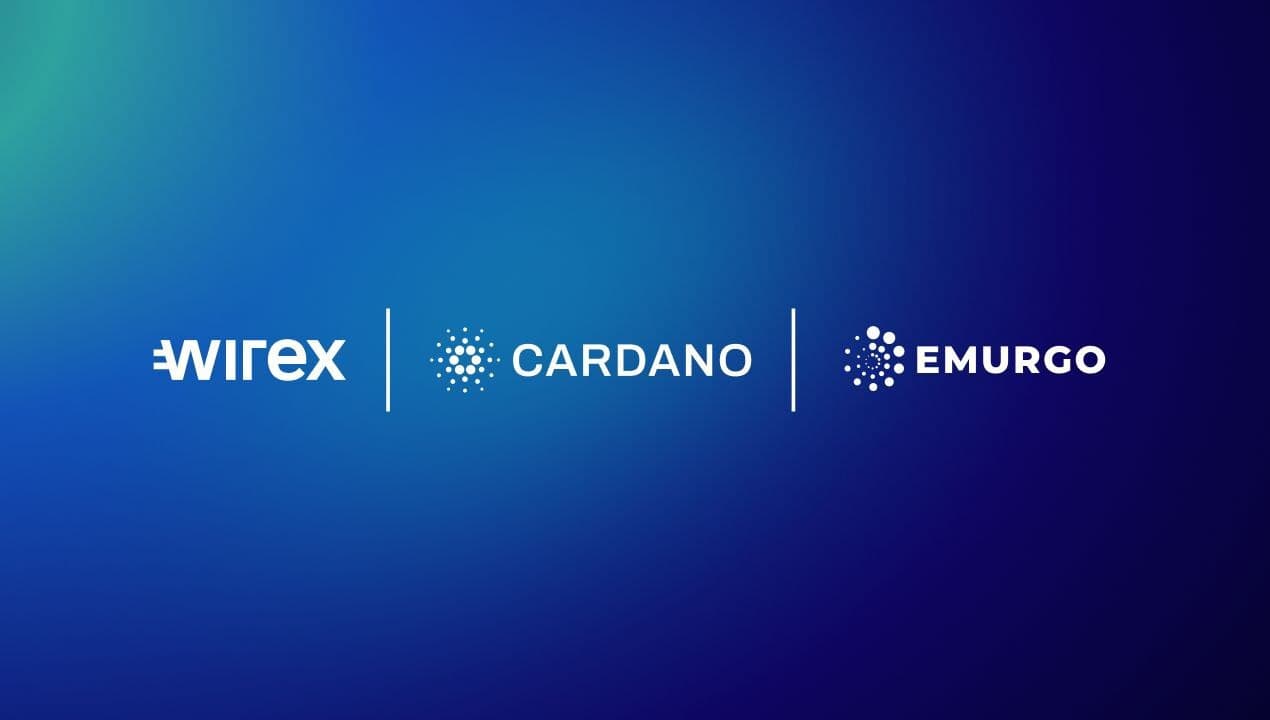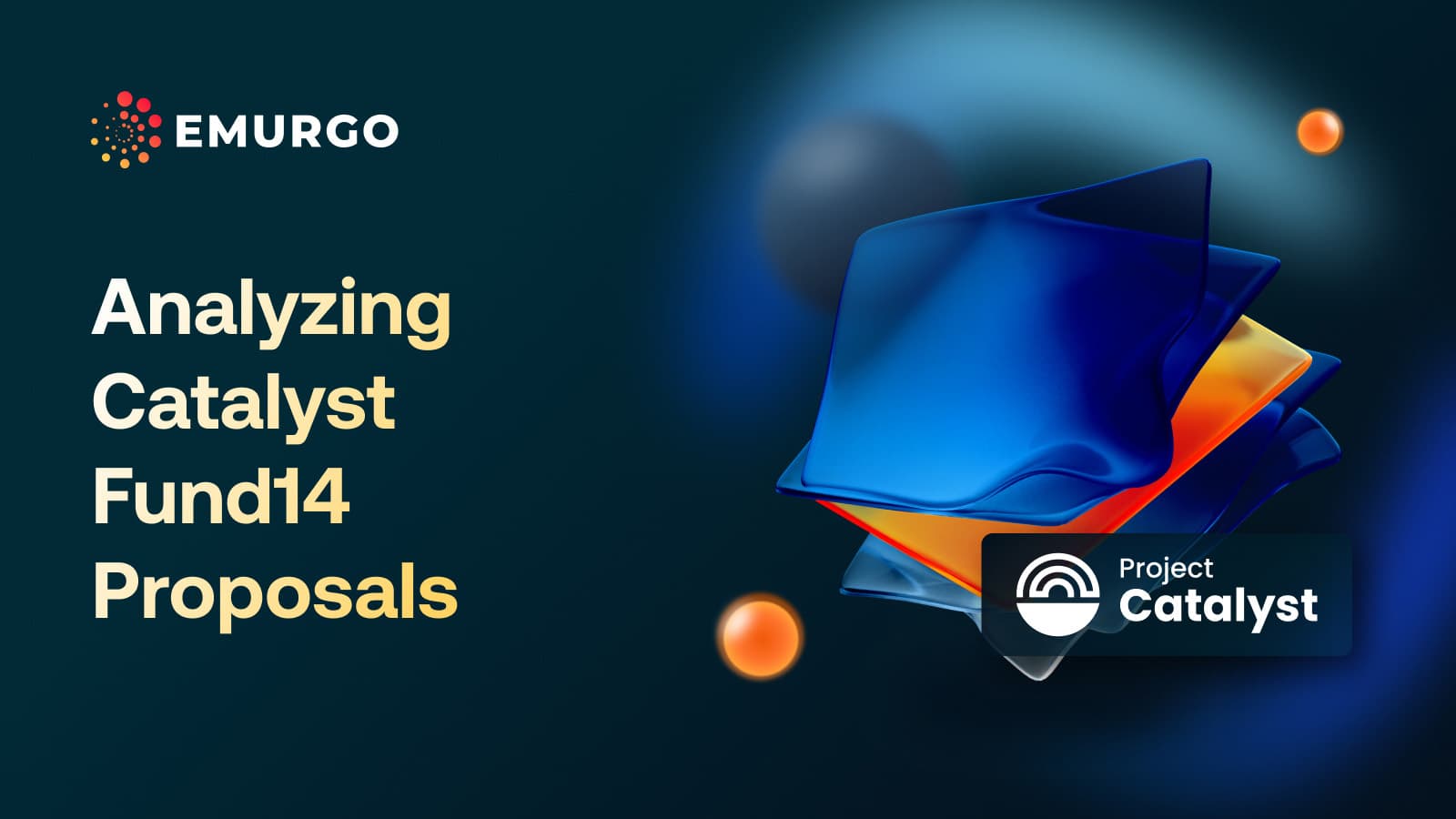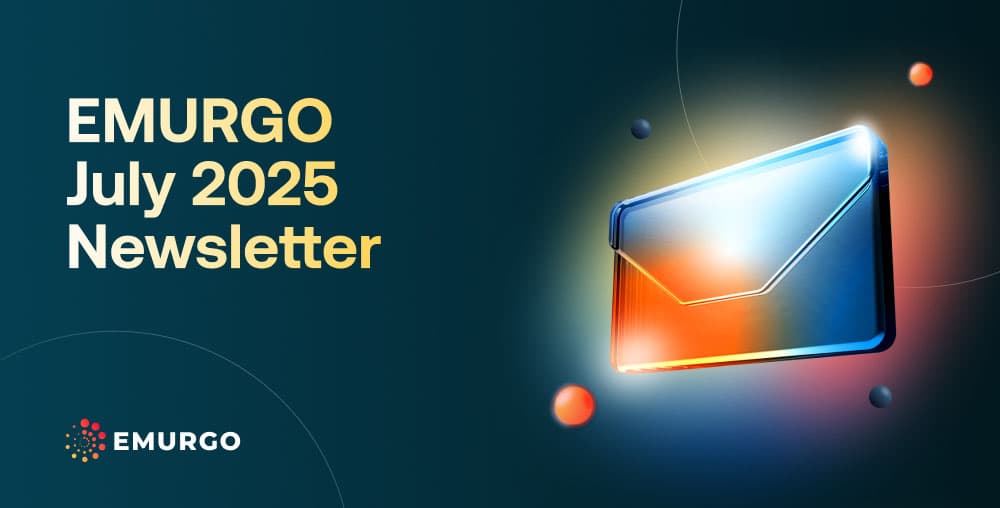NFTs (non-fungible tokens) are popular digital assets in resale or secondary markets, which are usually NFT marketplaces. They are often launched in special editions or limited collections by sought-after creators and brands seeking to promote a certain product, reward fans and consumers, and/or generate additional revenue.
Once purchased from these primary sources, those who missed out and want to own those NFTs typically move to an NFT marketplace.
Owners of NFTs often buy their tokens in these secondary marketplaces because collections tend to become higher in demand after an initial sale and any accompanying social media buzz. This sometimes contributes to increased trading volumes generated over time keeping the NFT collections relevant and desired by others.
Matching NFT Buyers and Sellers
An NFT marketplace is primarily an online platform for reselling NFTs. It creates markets where NFT owners or sellers can find potential buyers using different economic models. This enables price discovery and signals the latest NFT collection prices to the market, allowing buyers and sellers to gain a greater understanding of the market price of an NFT asset.
There are two main modes of how this can be achieved.
Related reading:
- Explaining NFT basics
- What are some use cases for NFTs beyond images?
- How NFTs can add value to business marketing strategies
Much like other marketplaces for real-world assets, a seller can set the price of their NFT and wait for someone to bid on it. They can set any price they desire. Much of this depends on how much information they have before the sale. If the listed NFT goes a long time without any interest from buyers, sellers can lower the price.
In some variations, the seller can receive price counteroffers from buyers.
A second option is an auction. In this model, an NFT seller can establish a floor price and have potential bidders compete with each other by incrementally raising their bidding price until the NFT is sold or the time runs out.
The seller can also set a hidden minimum price. If the NFT does not reach that desired set price, the seller is not forced to give the token away.
The NFT marketplace itself typically makes revenue from fees charged regardless of the sale mode. In the first model, a portion of the confirmed selling price goes to the platform. In the auction model, the seller has to pay a fee to start the auction. They may also generate revenue from other sources depending on the size of their marketplace.
Now, let’s discuss the types of NFT marketplaces.
Centralized and Custodian NFT Marketplaces
These NFT marketplaces are often independent, third-party Web3 projects that are not connected to the original NFT mint or sale.
This blog will further discuss how these NFT marketplaces work and their implications for NFT buyers and sellers.

NFT marketplaces are usually divided into two broad categories: centralized and decentralized.
In many ways, they mirror the way many cryptocurrency exchanges developed, with centralized exchanges taking control of users’ assets, and decentralized on-chain platforms using automated smart contracts to decentralize the process.
Centralized marketplaces are platforms that work crypto wallets by holding NFTs in the custody of the company of developers. They usually create on the backend of the platform and assign them to the users’ profiles.
Find out more: How to store, send, and receive Cardano NFTs in your wallet
Sellers can deposit their NFTs into these wallets whose private keys are under the platform developers’ control. The transactions happen on the back end of the marketplace by updates to a database that changes ownership of the NFTs. No activity is logged on-chain from these transfers between users.
Because there is no on-chain transaction, the fees of the marketplace can be lower and go to the owners of the marketplace. Additionally, the marketplace can support different blockchain networks, allowing users to buy and sell NFTs from several different networks in one platform. This is an attractive selling point for these marketplaces to onboard more buyers and sellers.
Transactions in these marketplaces can also be faster since there is no need to wait for blockchains to process them.
Some drawbacks include the nature of centralized control which allows for a user’s assets to be potentially stolen if the wallet’s private keys are compromised due to a security breach. The lack of on-chain activity can also make it more difficult to parse transactions and filter those that are legitimate. Finally, there could be more restrictions or higher fees when trying to send or remove a listed NFT from the marketplace to a self-custody wallet.
Decentralized NFT Marketplaces

The other type is a decentralized, on-chain NFT marketplace that uses smart contracts to process transactions. These platforms use Web3 technologies to create markets where there is no need to take custody of the NFT asset.
The NFTs are locked inside a smart contract that is not controlled by the marketplace’s developers. The contract establishes rules for a sale, similar to the centralized one, with a direct selling price or auction as options. Also, it has encoded some percentages for fees to provide revenue to the platform’s creators.
These marketplaces are self-custodian and have all their activity logged on-chain which can make it easier to parse through information regarding NFT collections and filter fake and real activity. Since using them generates network fees, they can contribute to the sustainability of a blockchain.
However, decentralized NFT marketplaces can be slower than centralized ones if the blockchain network they are utilizing is congested or otherwise. User fees can also be higher during periods of peak network demand, making them more costly to use. Finally, they could have interoperability problems preventing NFTs from different chains from being traded on one decentralized marketplace. This would lower the diversity of assets offered and could be less attractive to buyers and sellers looking for the biggest user base possible.
Read more: The power of Yoroi Wallet’s self-custodial feature and its benefits
NMKR: A simple no-code solution to create NFTs
NMKR is an NFT and Tokenization platform service leveraging the Cardano blockchain. It enables businesses and individuals to easily create NFTs by providing tools that do not require coding knowledge.
As an established platform, NMKR’s services have been used by businesses, gaming projects, creators, and more to successfully mint NFTs of various assets.
Its products including NMKR Studio and NMKR Pay with multi-language support enable businesses and individuals to enter the Web3 space seamlessly and even provide traditional fiat payment options to mint NFTs.
Follow EMURGO on X and LinkedIn for more on blockchain use case content
Interested in receiving more information on business use cases for NFTs, such as real-world asset tokenization and gaming?
Then, follow EMURGO on X and LinkedIn.
About EMURGO
- Official Homepage: emurgo.io
- X (Global): @EMURGO_io
- YouTube: EMURGO channel
- LinkedIn: @EMURGO_io
Disclaimer
You should not construe any such information or other material as legal, tax, investment, financial, or other advice. Nothing contained herein shall constitute a solicitation, recommendation, endorsement, or offer by EMURGO to invest.



